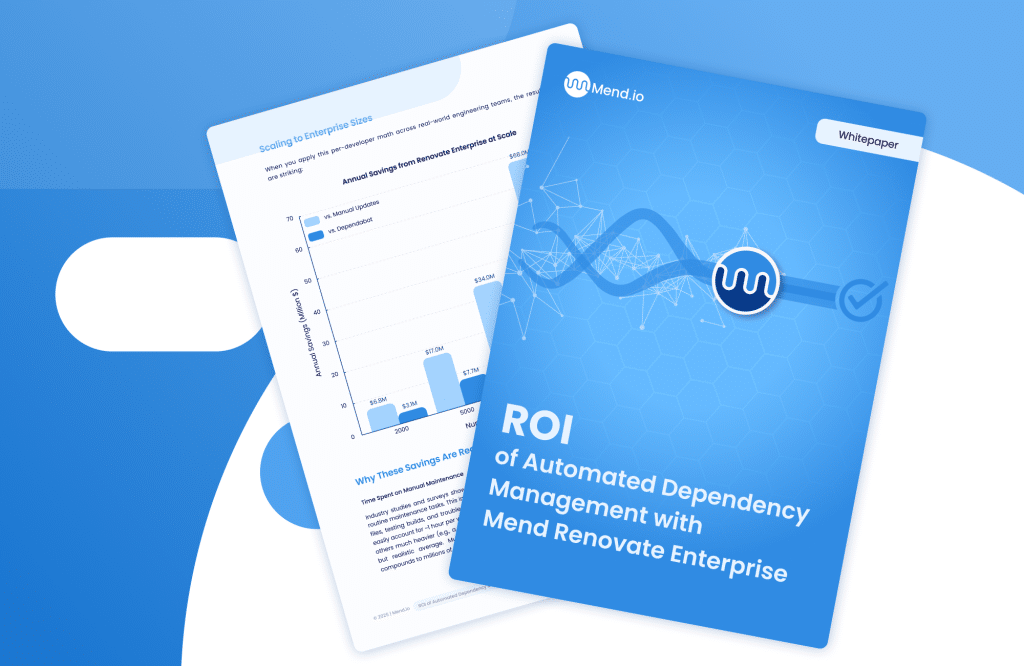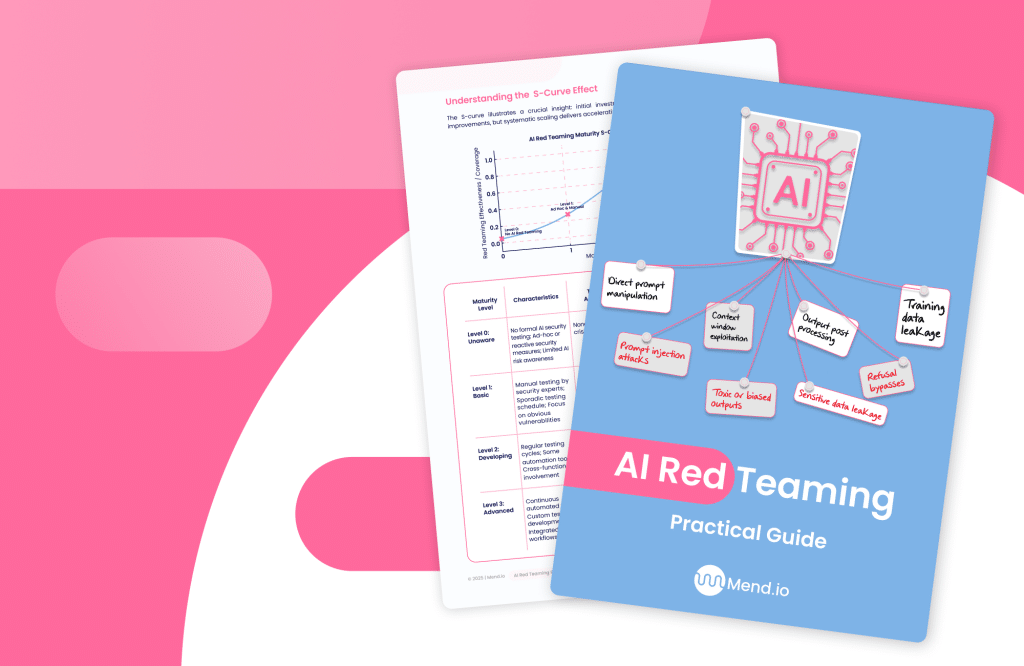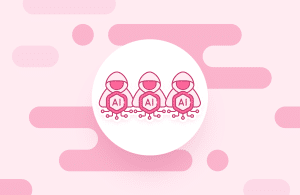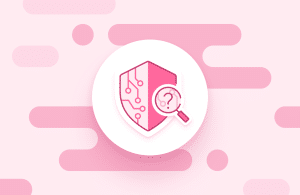Table of contents
Best AI Red Teaming Companies: Top 10 Providers in 2025
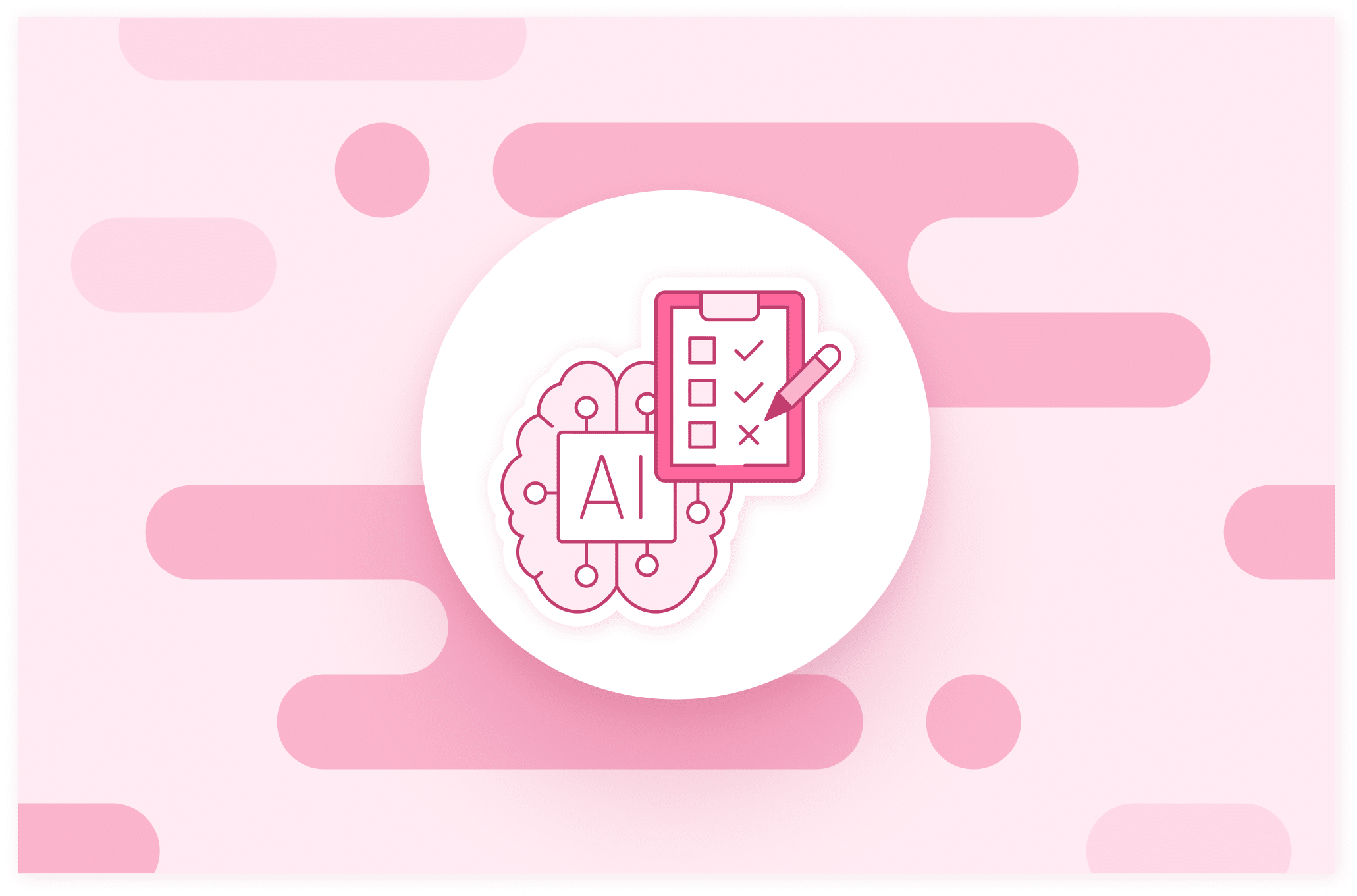
What are AI red teaming companies?
AI red teaming companies help organizations assess and strengthen the security and reliability of their AI systems by simulating adversarial threats. Rather than relying solely on traditional security testing, these companies specialize in identifying how AI models can fail or be manipulated—intentionally or unintentionally—under real-world conditions.
They deliver red teaming through a combination of human expertise, automated tools, and structured methodologies. This can include AI penetration testing, adversarial input simulation, compliance audits, and vulnerability assessments. Some firms offer technology platforms that integrate directly into development pipelines, while others provide expert-led services tailored to an organization’s AI use cases and risk profile.
Their goal is to expose blind spots in AI systems—ranging from model weaknesses to process-level flaws—before attackers do. By doing so, they help organizations deploy AI more responsibly, reduce security and compliance risks, and ensure continued trust in their systems.
This article is part of a series of articles about AI red teaming.
Core capabilities offered by AI red teaming companies
Red teaming automation tools
Red teaming automation tools enable scalable, repeatable testing of AI systems by simulating adversarial scenarios with minimal manual intervention. These tools typically integrate into development and deployment workflows, allowing organizations to run continuous security tests across their AI models.
Features often include pre-built attack libraries, automated prompt injection testing, input fuzzing, and model behavior monitoring under simulated stress conditions. Such platforms can assess models across modalities—text, image, audio, or multi-modal—and support both API-based and black-box testing.
Adversarial testing
Adversarial testing involves intentionally probing machine learning models with specially crafted inputs—known as adversarial examples—to identify how AI systems fail under attack. Red teamers simulate real-world adversaries, trying everything from subtle data manipulations to large-scale input transformations, to uncover where models produce incorrect or unpredictable outputs. This testing reveals not just security flaws but also areas where the model may perform unreliably outside of its training data.
These tests cover a range of threats, including data poisoning, evasion attacks, and prompt injection for generative AI systems. Adversarial testing helps companies discover practical weaknesses before they impact users or open the door to abuse. It is not just about exposing vulnerabilities, but also about stress testing model robustness to help organizations prioritize patching critical weaknesses and improving overall trust in their AI deployments.
Vulnerability assessment
Vulnerability assessment refers to the systematic analysis of AI systems to identify, categorize, and prioritize security flaws. AI red teaming companies enable in-depth vulnerability scans on both the AI models themselves and the software environments in which they operate. This process includes evaluation for issues like insecure data pipelines, weak access controls, and exploitable third-party dependencies—factors that can compromise AI safety if overlooked.
These assessments typically include both automated scanning tools and manual techniques, drawing on specialized knowledge of how adversaries might attack complex AI workflows. The results are compiled into detailed reports with recommendations for remediation. By maintaining a clear inventory of known vulnerabilities and their severity, organizations gain a clear path toward risk reduction and regulatory compliance regarding the safety and reliability of their AI solutions.
Compliance evaluation
AI red teaming companies assess whether AI systems meet relevant security, privacy, and ethical standards. As regulations and industry guidelines (such as the EU AI Act or NIST AI risk management framework) tighten, organizations must ensure that their AI usage follows these evolving requirements.
AI red teaming makes it possible to evaluate the technical and procedural compliance of machine learning deployments, reviewing data governance, access management, and accountability measures.
This typically involves auditing AI pipelines for regulatory checkpoints, flagging areas where data handling, transparency, or model decision logic fall short of prescribed standards. Detailed compliance evaluation enables organizations to avoid legal penalties and reputational risk.
Risk mitigation strategies
Risk mitigation strategies go beyond finding vulnerabilities—they provide actionable solutions to minimize risks identified during red teaming exercises. AI red teaming companies synthesize findings from adversarial tests, vulnerability assessments, and compliance reviews to craft tailored action plans. These strategies typically include technical fixes such as model retraining with robust datasets, introducing rigorous monitoring systems, or deploying defensive mechanisms like input validation and anomaly detection.
In addition, red teaming tools and services advise on process improvements and policy changes that shape how AI is built, deployed, and maintained. This may involve enhancing security training for developers, implementing better controls on data sources, or refining incident response protocols for AI-specific threats.
AI red teaming is basically the practical counterpart to the OWASP Top 10 for LLM Applications: while OWASP defines the most critical risks in AI systems, red teaming actively tests for them, exposing real vulnerabilities like prompt injection or data leakage before attackers can exploit them.
3 categories of AI red teaming and how to choose what’s right for you
AI red teaming solutions generally fall into three categories. Each offers different strengths depending on the organization’s needs, expertise, and resources:
- Commercial AI red teaming tools: These are subscription-based software products designed to automate and scale AI red teaming workflows. They typically offer user-friendly interfaces, built-in attack libraries, detailed reporting dashboards, and continuous integration capabilities for development pipelines. Some platforms also include model-specific testing modules for text, vision, or multi-modal systems.
- Open-source AI red teaming projects: Open-source tools provide flexible, customizable testing frameworks. They are often developed and maintained by the research community or nonprofit organizations. While they can offer various testing methods, they usually require significant internal expertise to configure, run, and interpret results.
- AI red teaming professional services: These are consulting-based offerings where external experts conduct tailored assessments. Service providers bring deep domain knowledge and conduct targeted testing based on an organization’s unique AI risk profile. Engagements typically include in-depth reporting, remediation advice, and sometimes hands-on support.
How to choose:
- If you want scalability, automation, and low operational overhead: Choose a commercial AI red teaming platform
- If you have strong in-house AI security expertise: Consider open source tools
- If you need guidance for complex projects: Engage professional red teaming services
Top AI red teaming companies
As AI systems become more deeply embedded in software products and business processes, red teaming those systems is no longer optional, it’s a security imperative. But the landscape of AI red teaming tools is still emerging, and the offerings vary widely in approach, maturity, and integration.
In this article, we break down two distinct types of companies shaping the space:
- Automated tooling providers that offer scalable, self-serve platforms for continuous AI risk assessment
- Service-led firms that deliver hands-on auditing, adversarial testing, and expert-driven evaluations—often with custom-built internal tools
We’ll spotlight 4 vendors focused on automation, and 6 companies offering red teaming as a service, including both boutique security firms and larger consultancies. Together, these represent the most credible and forward-thinking players helping teams probe the limits of their AI systems.
Whether you’re looking to operationalize testing across your MLOps pipeline or engage external experts for a deeper adversarial review, this list will help you find the right fit. For a curated comparison of managed offerings, see our guide to AI red teaming providers.
1. Mend.io
Category: Automated AI red teaming platform
Mend AI’s red teaming solution offers an automated and continuous behavioral risks analysis in AI systems. It is a crucial security tests, but often overlooked as security teams have yet updated their security testing to secure AI components. It offers a specialized platform to simulate adversarial interactions, ensuring your AI-powered applications are robust and secure in real-world situations.
Key features include:
Continuous Testing: Enables ongoing assessment of AI systems throughout their lifecycle, identifying new vulnerabilities as models evolve.
Comprehensive Threat Scenarios: Utilizes an extensive library of adversarial attacks to provide thorough security validation against the ever-changing landscape of AI threats.
Automated AI Red Teaming: Continuously simulates adversarial conversations using pre-built, customizable playbooks to uncover runtime vulnerabilities within AI systems.
Behavioral Risk Identification: Tests for a wide array of critical threats, including prompt injection, context leakage, biases, data exfiltration, jailbreaks, and hallucinations.
Proactive Prompt Hardening: Scans system prompts to ensure adherence to security best practices and suggests secure rewrites to prevent misuse and data leakage, effectively complementing red teaming efforts.
2. Mindgard

Category: Automated AI red teaming platform
Mindgard offers an automated AI red teaming platform that focuses on offensive security for AI systems. It operates across the AI software development lifecycle, continuously identifying and resolving AI-specific risks that traditional security tools often miss. Its red teaming framework integrates with existing CI/CD pipelines and can test with only an inference or API endpoint.
Key features include:
- Automated AI security testing: Continuously tests AI systems at runtime, detecting issues unique to AI that static analysis can’t reveal.
- AI attack library: Includes thousands of AI/GenAI attack scenarios developed by a PhD-led team.
- CI/CD integration: Supports integration into existing development workflows.
- Model compatibility: Works with models across modalities—text, image, audio, and multi-modal—including third-party and open-source models like OpenAI, Claude, and Bard.
- Security intelligence reporting: Integrates findings into enterprise SIEM and reporting systems.
Source: Mindgard
3. Adversa

Category: Automated AI red teaming platform
Adversa provides a security platform focused on continuous red teaming of large language models. It helps organizations responsibly deploy LLMs by identifying and mitigating both known and novel threats. Adversa targets risks specific to LLM environments, such as prompt injection, jailbreaking, and data leakage.
Key features include:
- LLM threat modeling: Provides risk profiling for different types of LLM applications—consumer-facing, enterprise-grade, or industry-specific.
- LLM vulnerability audit: Performs continuous audits against hundreds of known LLM-specific vulnerabilities, including the OWASP LLM Top 10.
- Continuous LLM red teaming: Uses AI-augmented attack simulations to uncover unknown and context-specific threats that bypass existing guardrails or security tools.
- Real-world attack coverage: Tests for scenarios like prompt injection, prompt leakage, jailbreaking, and misinformation, informed by documented misuse incidents.
- AI-enhanced human expertise: Combines automated tools with human red team analysts to provide insight into model weaknesses and potential abuse paths.
4. HiddenLayer

Category: Automated AI red teaming platform
HiddenLayer delivers automated red teaming for AI, providing security teams with scalable tools to uncover and mitigate risks in generative AI systems. By combining AI research with simulated adversarial testing, the platform enables organizations to test vulnerabilities at scale.
Key features include:
- Automated expert-led simulations: Uses threat intelligence and professional red teaming techniques to simulate sophisticated attacks on AI models.
- One-click vulnerability testing: Enables fast, on-demand assessments against endpoints.
- Compliance-ready reports: Automatically produces OWASP-aligned reports with identified risks, remediation steps, and regulatory compliance checkpoints.
- LLM attack coverage: Tests across a range of LLM-specific threat categories, including adversarial prompts, unauthorized data access, and unsafe output generation.
- Collaborative test design: Supports blue team collaboration for scenario development, ensuring red teaming exercises reflect infrastructure and threat models.
Source: HiddenLayer
5. CrowdStrike

Category: AI red teaming services
CrowdStrike offers AI red teaming services to help organizations adopt generative AI securely. Their offering includes penetration testing, real-world adversary emulation, and red team/blue team exercises to assess and strengthen defenses across AI systems.
Key features include:
- AI penetration testing: Performs assessments of LLM applications using the OWASP Top Ten framework to identify misconfigurations, unsafe integrations, and exploitable flaws.
- Adversary emulation: Simulates real-world AI attack scenarios tailored to each organization’s AI use cases and system configurations.
- Red team / blue team exercises: Supports live attack-defense simulations where CrowdStrike’s red team mimics AI adversaries while internal teams defend.
- Risk-based scenario design: Each test is mapped to threats relevant to the customer’s AI footprint.
- Focus on GenAI integrity: Evaluates how generative AI systems handle sensitive data, respond to adversarial inputs, and maintain operational control under duress.
Source: CrowdStrike
6. Shaip

Category: AI red teaming services
Shaip offers human-led AI red teaming services that combine domain expertise with ethical and regulatory rigor to uncover and fix vulnerabilities in AI systems. Their network of specialists includes linguists, compliance auditors, misinformation analysts, and AI ethicists.
Key features include:
- Human-centric red teaming: Uses human experts to identify nuanced issues such as cultural insensitivity, bias, hallucinations, and ethical violations.
- Bias and fairness testing: Detects and mitigates model bias across language, race, gender, and regional contexts.
- Regulatory and compliance audits: Ensures AI systems meet legal and industry requirements such as GDPR, HIPAA, SOC 2, and ISO 27001.
- Security and adversarial resilience: Uncovers vulnerabilities like prompt injection, model manipulation, and jailbreak techniques using adversarial input scenarios.
- Expert-led risk evaluation: Engages specialists from healthcare, finance, legal, journalism, and psychology to test domain-specific and behavior-based model responses.
Source: Shaip
7. Schellman

Category: AI red teaming services
Schellman offers AI red teaming services to help uncover and mitigate vulnerabilities in generative AI systems. It combines manual penetration testing with automated tools to simulate adversarial attacks against LLMs, retrieval-augmented generation (RAG) setups, and integrated AI pipelines.
Key features include:
- Targeted AI vulnerability discovery: Identifies prompt injection, model jailbreaks, data leakage, unsafe outputs, and integration flaws through red teaming of LLMs and RAG-based systems.
- Exploit simulation: Goes beyond static scanning to demonstrate how vulnerabilities can be exploited in practice.
- Customized threat modeling: Engages in planning sessions to map backend systems and AI components.
- Compliance-focused testing: Aligns assessments with OWASP Top 10 for LLMs, NIST AI risk management framework, and ISO 42001.
- Responsible AI assurance: Validates ethical behavior and safety controls in AI applications.
Source: Schellman
8. HackerOne

Category: AI red teaming services
HackerOne provides AI red teaming services through a network of security researchers, offering time-bound offensive testing for AI systems. Their approach centers on simulating real-world adversarial behavior to expose vulnerabilities, ethical pitfalls, and model performance issues that automated tools often miss.
Key features include:
- Human-driven vulnerability discovery: Uses a global community of expert security researchers to uncover AI-specific threats such as prompt injection, model theft, bias, and unintended behaviors.
- Customizable scope and strategy: Organizations define the systems in scope, risk priorities, and timeframe.
- Expert threat modeling: Builds a threat model based on each client’s risk profile, covering adversarial techniques, model degradation, and the OWASP Top 10 for LLMs.
- Rapid engagement and guidance: Provides support through solutions architects, from scoping and threat modeling to execution and mitigation.
- Reporting platform: Delivers prioritized findings through the HackerOne platform, where teams can manage, track, and resolve issues.
9. Labelbox

Category: AI red teaming services
Labelbox offers a platform for red teaming and AI development, combining human evaluators with tooling to identify vulnerabilities in generative AI systems. It helps organizations uncover hidden risks such as bias, misinformation, and adversarial weaknesses.
Key features include:
- Human-led red teaming: Provides access to a network of red teamers trained to uncover model vulnerabilities and simulate adversarial attacks.
- Custom red teaming workflows: Supports configurable testing flows where teams can define attack vectors, build prompt scenarios, and adapt strategies.
- Adversarial datasets: Supplies human-verified data for red teaming exercises.
- Vulnerability detection & risk mitigation: Identifies issues like bias, hallucination, privacy violations, and model misuse for illicit activities (e.g., deepfakes, phishing, or fraud).
- Data & evaluation infrastructure: Simplifies trust evaluations by combining human judgment with performance dashboards.
10. Nexigen

Category: AI red teaming services
Nexigen provides AI red teaming services to help fortify AI systems against cyber threats. With a focus on attack simulation and expert-led assessments, it helps businesses uncover vulnerabilities, improve defenses, and maintain a secure AI environment.
Key features include:
- Red team assessments: Simulates attack scenarios to expose hidden weaknesses in AI systems and test the resilience of current defenses.
- Vulnerability analysis: Provides analysis and prioritization of vulnerabilities across AI infrastructure.
- AI penetration testing: Conducts penetration tests to evaluate model integrity, system access points, and exposure to threats like prompt injection or data leakage.
- Security protocol enhancement: Uses red teaming outcomes to refine and reinforce security architectures.
- Training and workshops: Delivers education sessions and workshops to build internal expertise and prepare teams to detect and respond to AI-specific threats.
Conclusion
AI red teaming is becoming a critical component of responsible AI deployment. As the complexity and adoption of AI systems grow, so does the need to proactively identify and mitigate risks tied to adversarial threats, model weaknesses, and compliance failures. Red teaming companies play a central role in this process by providing structured, realistic assessments that go beyond traditional security audits.
